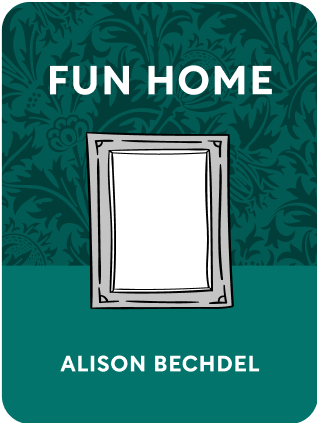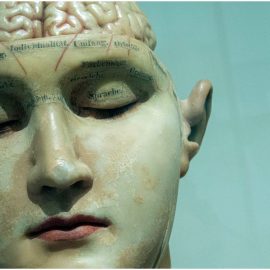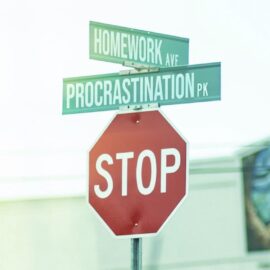

This article is an excerpt from the Shortform book guide to "Fun Home" by Alison Bechdel. Shortform has the world's best summaries and analyses of books you should be reading.
Like this article? Sign up for a free trial here .
Do you want to know how to help a child with OCD? Are there examples of people with OCD?
Author Alison Bechdel suffered from OCD as a child. Eventually, she and her mother worked together to help her stop her compulsions. Though this article isn’t a guide about how to help a child with OCD, it does offer a glimpse into Alison’s life, and how she developed and dealt with her disorder as a child.
Read more about Alison’s mother’s ideas on how to help a child with OCD, and how it worked for Alison.
Family and Isolation
The town of Beech Creek had a strange hold over Alison’s father’s family. In fact, in the small town of only 800 residents, there were 26 families that shared the last name of Bechdel. Alison later suggested that her father may have killed himself in part because of his perceived inability to escape the small-minded town.
Similar to the isolation of Beech Creek from other communities, Alison experienced isolation within her own home. Her parents were both artistic. Her father had the house to fix. Her mother played piano and rehearsed for her productions. When she tried to interact with either of them, they would often ignore her to focus on their work. She describes her home as an artist’s colony in which each member of the family became consumed by their passion, but in isolation. This lead to her development of OCD, and Alison and her mother’s decision to figure out how to help a child with OCD.
How to Help a Child With OCD
In addition to the disorder she felt within her household, Alison also developed an actual disorder at the age of 10. Initially, her obsessive compulsive disorder (OCD) involved counting the drips in the bathtub. She couldn’t turn off the faucet until the final drip count was an even number and not a multiple of 13. Soon, her behaviors intensified, and Alison and her mother had to figure out how to help a child with OCD.
- She couldn’t cross through a doorway without counting the number of edges on the flooring. If the edges didn’t add up to an even number, she’d have to change the standard of counting (adding a groove in the floor or a metal strip to her counts).
- Next, she began to feel an invisible substance in every doorway. She’d have to push this substance aside before she could walk into a room so that she didn’t swallow or inhale it. If she couldn’t “clear” the substance herself, she’d have to chant a special incantation to clear the space.
- She had to put her clothing in specific places and in specific ways. For example, her shoes had to be perfectly aligned and in a particular place. The right shoe represented her mother and the left shoe represented her father.
- She had to kiss each of her stuffed animals in a particular order every night before bringing one of three animals to bed with her (at this point, it had been years since anyone had kissed her good night).
During her OCD phase, Alison started a diary. Initially, the entries were bland and straightforward. However, she soon began questioning how she knew that everything she was writing down was objectively true. She began writing the words “I think” in small letters between sentences. She soon developed a symbol to represent the phrase “I think” and began to cover her diary entries with it. The symbols covered up names and pronouns that referred to other people because she couldn’t confirm what they actually saw or thought.
In one instance, a bad car accident led to the Fun Home having three funerals at once. One of the people that died was a distant cousin who was exactly her age. Her diary entries that discussed those days were almost completely obscured by the “I think” symbol drawn over the entire entry because she couldn’t be certain of what other people were experiencing or seeing, and she had to satiate her need to be completely accurate in her diary entries.
Slowly and with the help of her mother, she began to give up her compulsions. She would dictate her diary entries to her mother and developed dates by which she had to stop certain behaviors. Ironically, she was just as obsessive about kicking the habits as she had been with adopting them. This was the way they figured out how to help a child with OCD.

———End of Preview———
Like what you just read? Read the rest of the world's best book summary and analysis of Alison Bechdel's "Fun Home" at Shortform .
Here's what you'll find in our full Fun Home summary :
- What it's like to grow up in a funeral home
- Why Alison Bechdel suspected her dad was a closeted homosexual
- Why Alison believes that her father's death may have been a suicide






